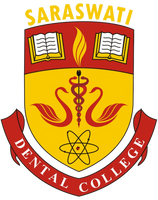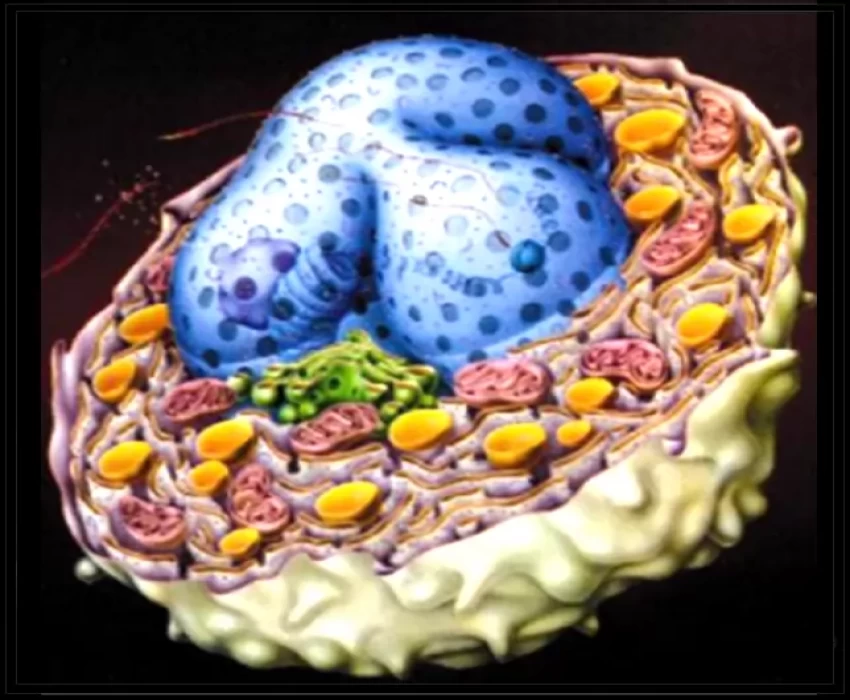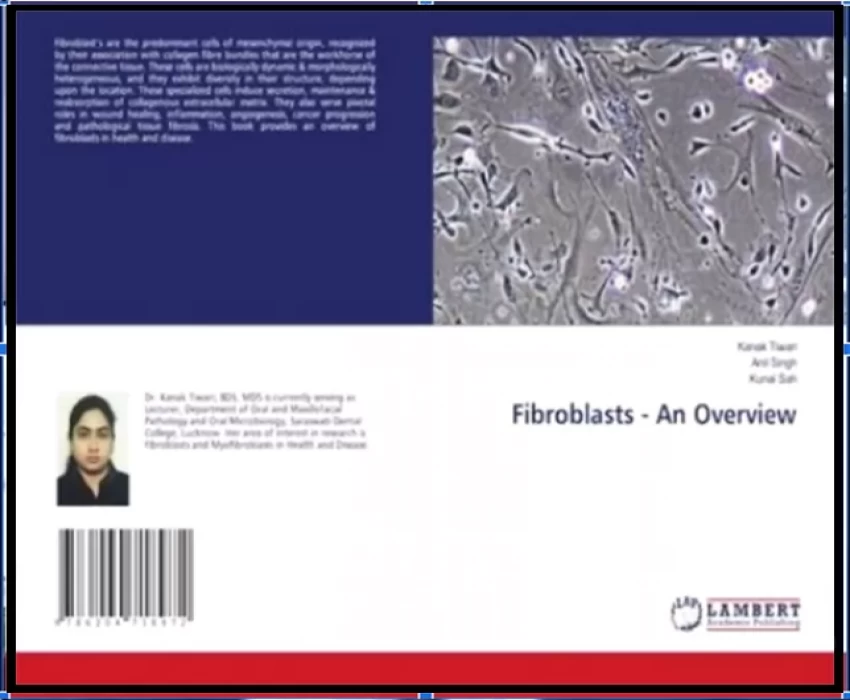Dr. Kanak Tiwari
These cells are biologically dynamic & morphologically heterogeneous, and they exhibit diversity in their structure, depending upon the location. These specialized cells induce secretion, maintenance & reabsorption of collagenous extracellular matrix. They also serve pivotal roles in wound healing, inflammation, angiogenesis, cancer progression and pathological tissue fibrosis.
Fibroblasts are “biologically dynamic and morphologically heterogeneous” and are the most abundant connective tissue cells, with diverse structures depending on their location and activity. Recognized as the “workhorse” of the most important tissue that holds the human body together, fibroblasts are the “architects and care takers” of the connective tissue. Although fibroblasts are the key component in the connective tissue, its function in the organism has been neglected. In addition to their presumed role as scaffolding support, fibroblasts have been directly proven to play roles in regulating organ development, wound healing, inflammation and fibrosis. Fibroblasts have the capacity to become activated by inflammatory cytokines to myofibroblasts that display up-regulated cellular migration, exaggerated ECM production,the endowment of a contractile apparatus, and increased chemical signalling secretion and responsiveness. Targeting fibroblasts as a therapeutic strategy against cancer is an intriguing concept.Research using fibroblasts plays an essential role in understanding of healing human disease and drug discovery. It also can contribute to better understanding of genetic diseases. Identification of specific molecular markers of fibroblasts should assist in continued efforts to understand this dynamic cell. The stem cell-like characters and multipotential differentiation could provide new targets for in situ tissue repair and cell therapy in various incurable pathological conditions.



